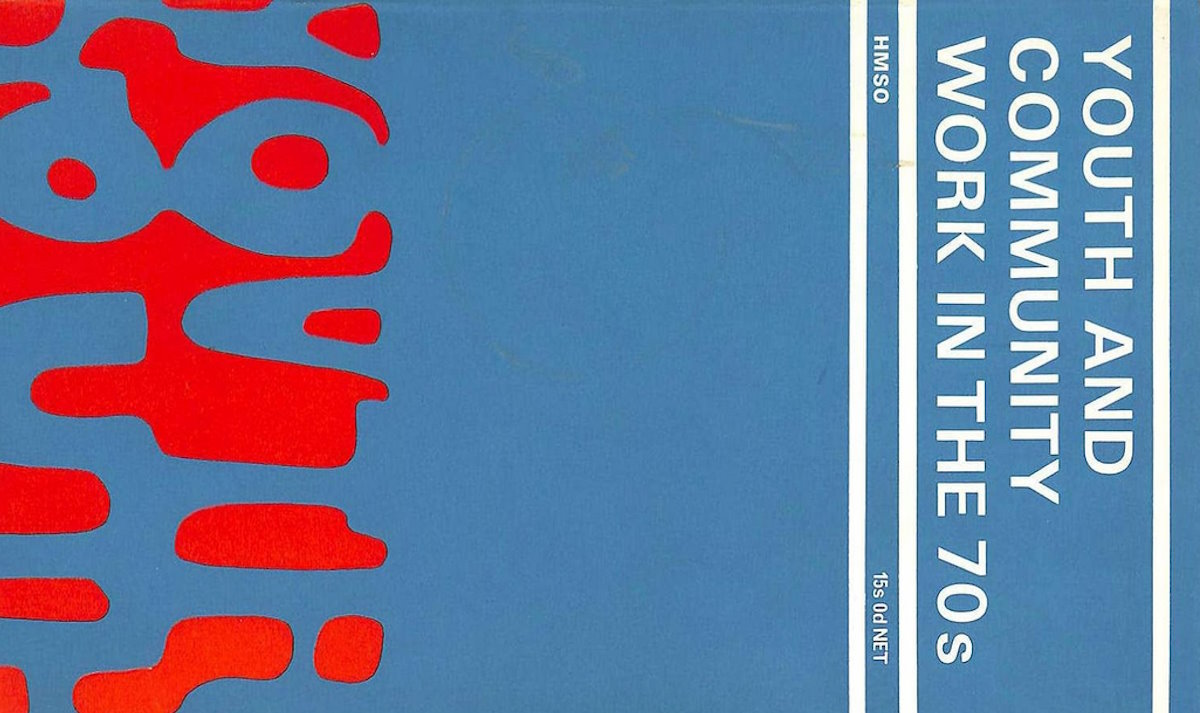
This short chapter of the Fairbairn-Milson Report (Youth and Community Work in the 70s) (1969) argued for the disappearance of the 14-20 age range as a defining feature of the work.
return to main contents page for Youth and Community Work in the 70s
[page 65]
175. Few would dispute that the fulfilment of the aims of youth work is not the sole preserve of the units, organisations and facilities which, in the aggregate, constitute a part of the educational system called the Youth Service, or that their implementation should be restricted to a particular age-span. Apart from buildings, equipment, facilities and staff for the full-time schooling of young people and for those who pursue further and higher education part-time or full-time, there should be additional provision for young people in their leisure. It has been administratively and organisationally convenient to give this provision a title and an age-range, but this does not deny that work with young people in the terms of our definition is going on also in schools and further education. The statement that provision for the social development of young people is necessary apart from that made by the schools and by places of further and higher education is as true today as it was when it was made by the Albemarle Committee. There should be opportunities for completely free and voluntary association away from ‘home, school, further education and work’, for the discovery, nurturing and pursuit of individual and group interests and talents, for seeking advice and counsel, for exercising responsibility and control, for personal development and, quite simply, for seeking companionship. No single agency—school, youth club, activity centre, adult organisation—can meet the young person’s every need for learning experience, intellectual or social; nor is the young person always ready to benefit from an experience offered at a particular time. For some young people and for some aspects of learning, school or college may be the best, even the only agency; for others an agency with which he is in contact away from school or college may be the more influential. Unlike the school, the basis of association within the Youth Service is voluntary. It operates for the most part in smaller and more flexible groups than the school, and coheres on a basis of absolute freedom of choice and interest that no school can fully grant. As we have indicated, youth work can take place in the school situation, and with the establishment of middle schools and the earlier maturity of young pupils it is becoming increasingly artificial for 14 to be the starting age of the youth service. We have also found evidence that some experiences, activities and choices are less likely to be possible in a compulsory situation. For this reason alone, the youth workers will continue to have a significant role alongside the teacher, in meeting the needs of young people. At the upper [page 66] end of the service we would not want to lay down strict rules about age, would want to see people using it as long as they wanted it and would expect to see as a normal development that ‘youth and community’ work will become ‘community’ work.
176. We therefore consider that the existing age limits of 14 and 20 should disappear.
How to cite this piece: Department of Education and Science (1969) Youth and Community Work in the 70s. Proposals by the Youth Service Development Council (The ‘Fairbairn-Milson Report’), London: HMSO. Extracts in the informal education archives, https://infed.org/mobi/youth-and-community-work-in-the-70s-introduction-future-age-range/
Return to main contents page for Youth and Community Work in the 70s
This piece has been reproduced here by the informal education homepage under licence from from the Controller of HMSO and the Queen’s Printer for Scotland. The informal education homepage holds a licence to reproduce public service information and another to reproduce Parliamentary material.
First placed in the archives: April 2003. Updated June 2019.
